Most humans are drawn to the eyes and gaze. Eyes therefore feature large in art and storytelling, and sometimes symbolise surveillance.
The gaze is extremely powerful. Artist Marina Abramovic knew this when she sat in an art gallery and stared at people for months.
Harrison Fisher also understood when painting these girls, supposedly having fun, except for the one giving us the stink eye.
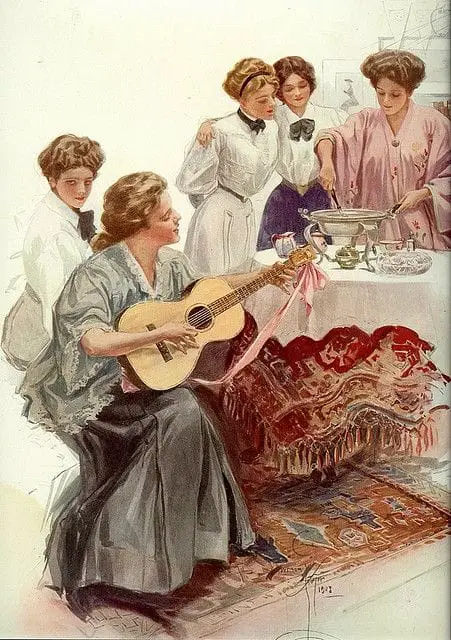
Eye contact has been emphasised in psychological research. Take the following experiment, first using a series of questions, interspersed with eye contact, all to induce intimacy between subjects. These 36 questions became widely known after Mandy Len Catron used them as part of the process in getting to know her boyfriend, then wrote an essay about that experience for the New York Time’s Modern Love column. The subjects are required to look each other in the eye. (This is a self-selected group. Many neurodiverse people would avoid an experiment like this.)
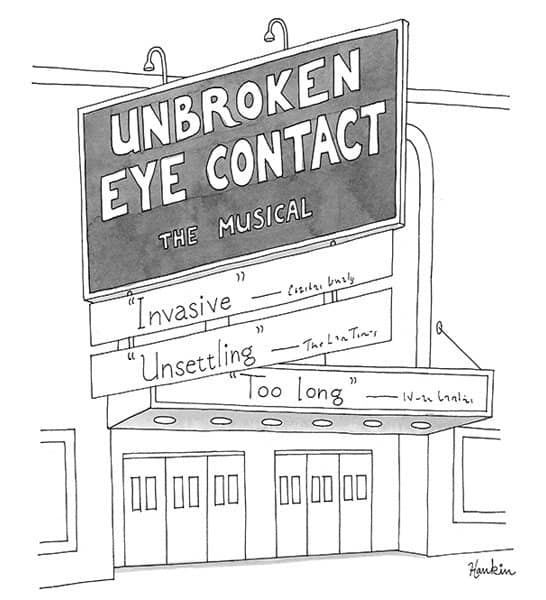
Eye Colour In Fiction
Eye colour is commonly mentioned in thumbnail character sketches. Don’t mention it unless it’s meaningful, and even then, be careful.
The Evil Eye
Colloquially known today as ‘the evils’ (in New Zealand) or ‘stink eye’ (in a funny scene from the film Juno), a threatening gaze or stare was once thought to be so powerful it caused actual harm.
As a result, numerous amulets and charms have been invented, thought to protect one from the harms of the Evil Eye.
Eye contact varies significantly across cultures. Western, neurotypical cultures are commonly, problematically, thought to set the ‘correct default’ when it comes to eye-contact. In the West, eye contact gives the impression of reliability and sincerity. But in many, if not most, cultures around the world, eye-contact is commonly perceived as threatening, and avoiding someone’s gaze is often simply a sign of situationally appropriate submission. For our closest animal relatives, the same holds. This leads me to believe that eye-contact ‘rules’ in my own Western culture default is a contrivance, impressed upon others from leaders in a patriarchy, which always functions best with overt and commonly understood displays of dominance.
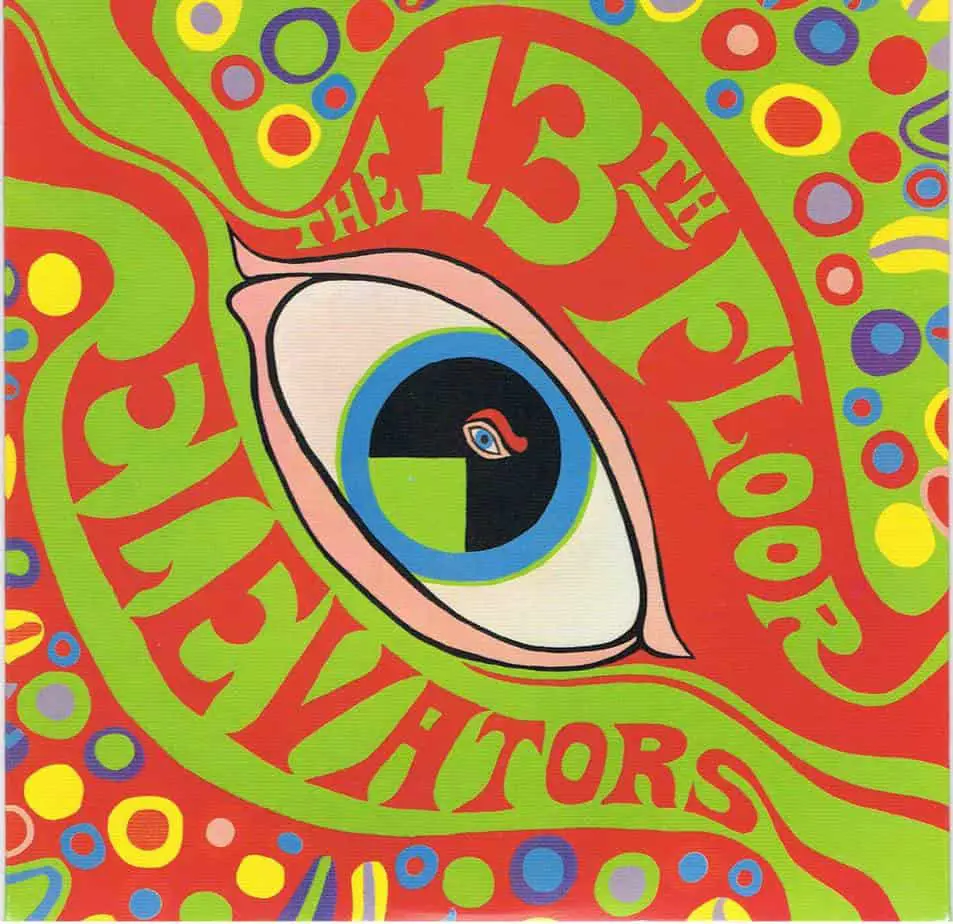
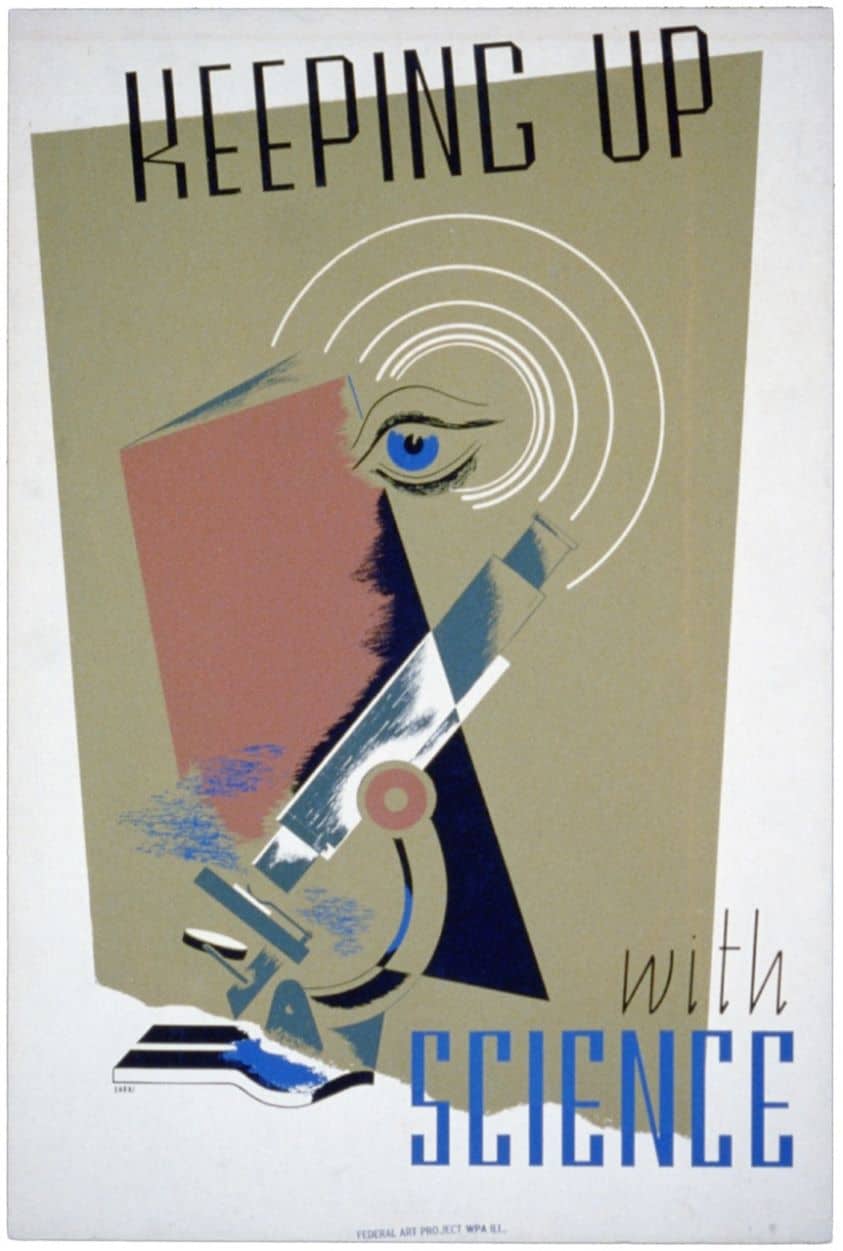
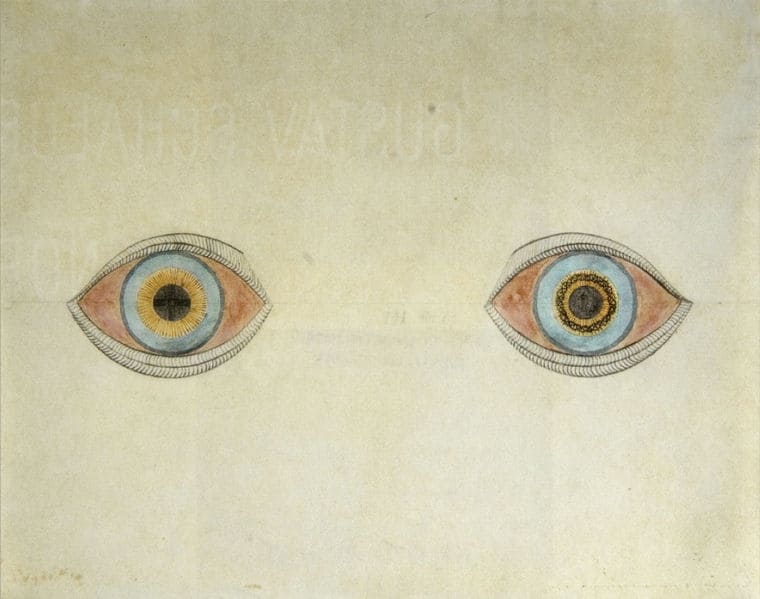
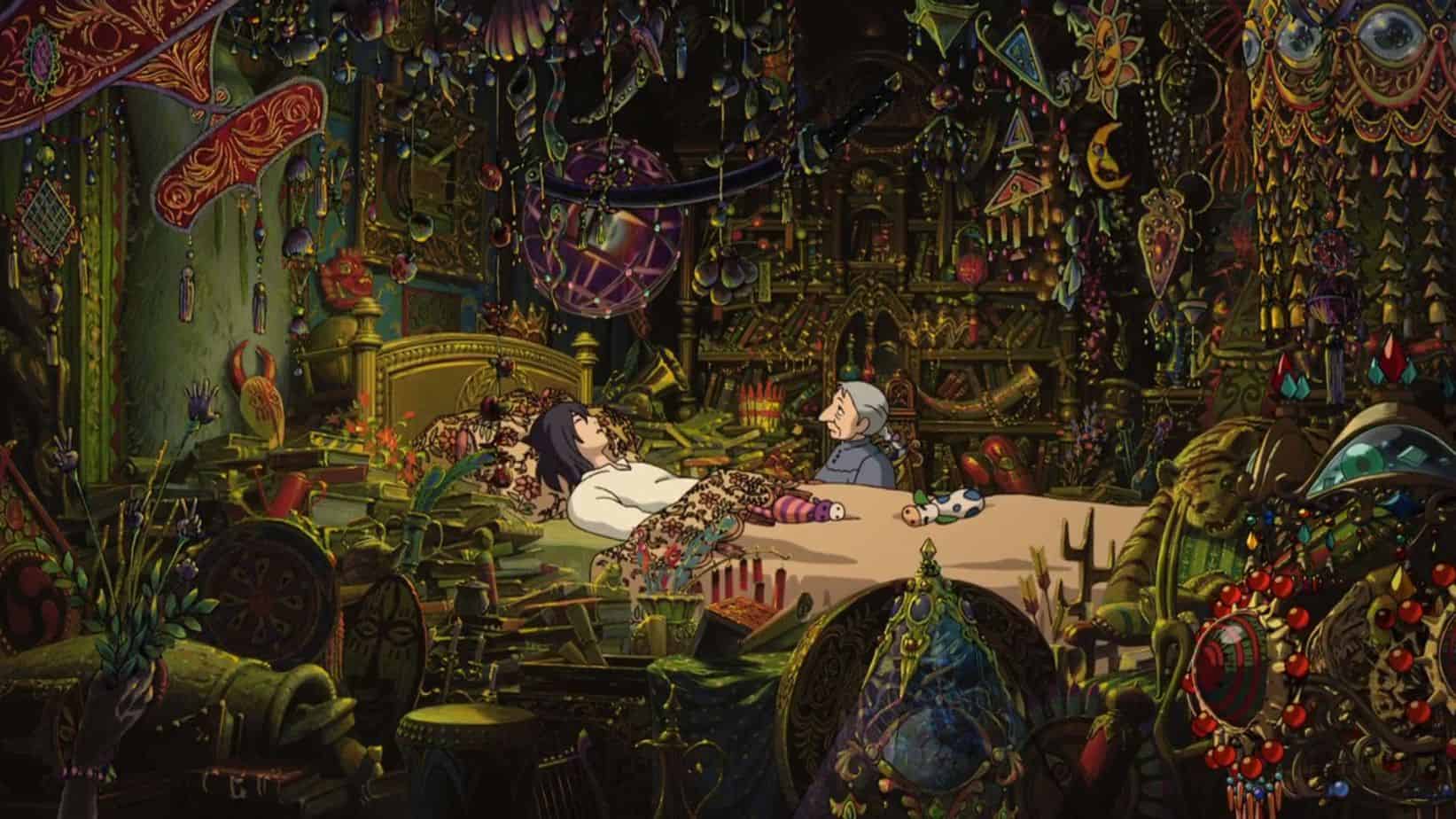
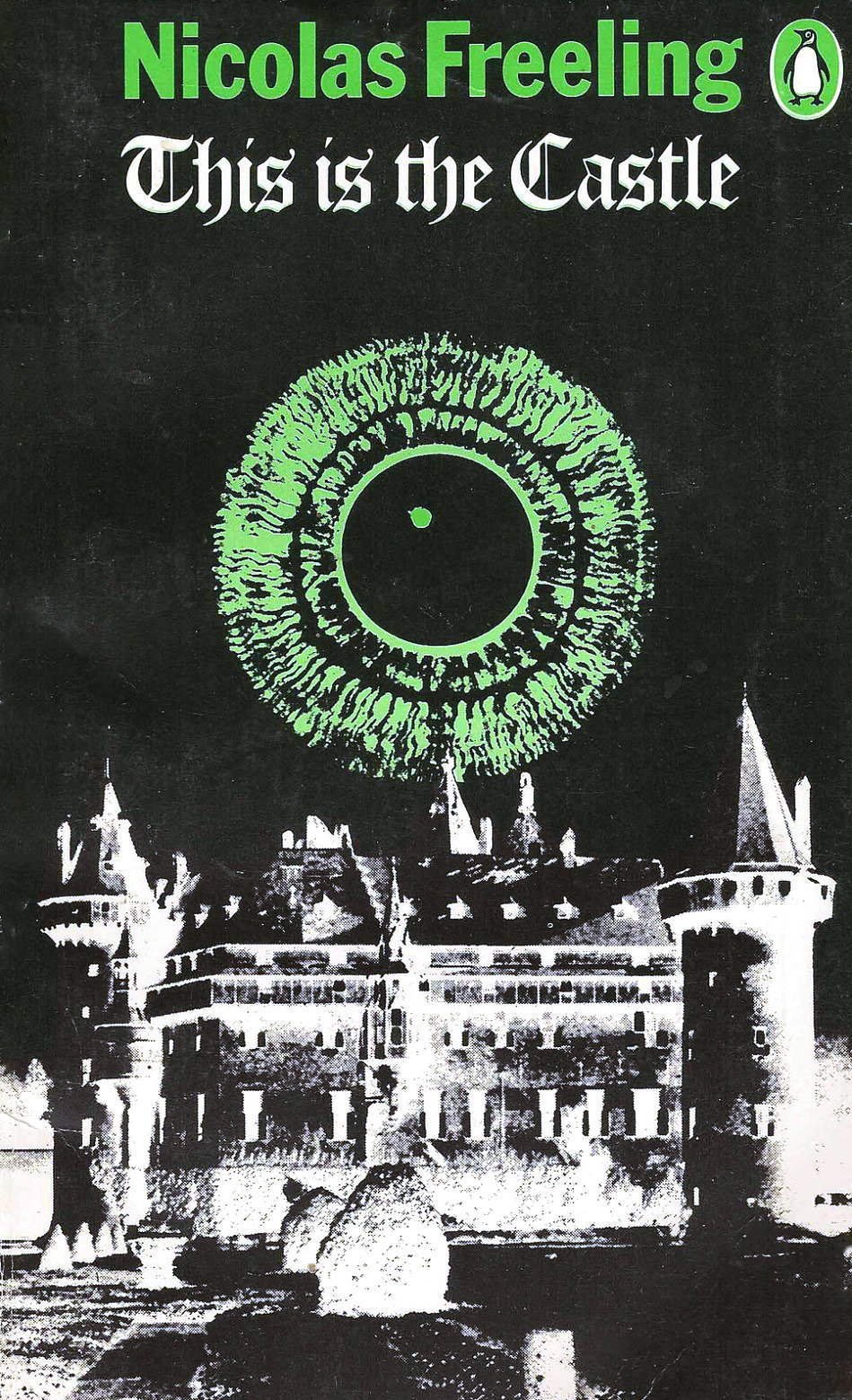
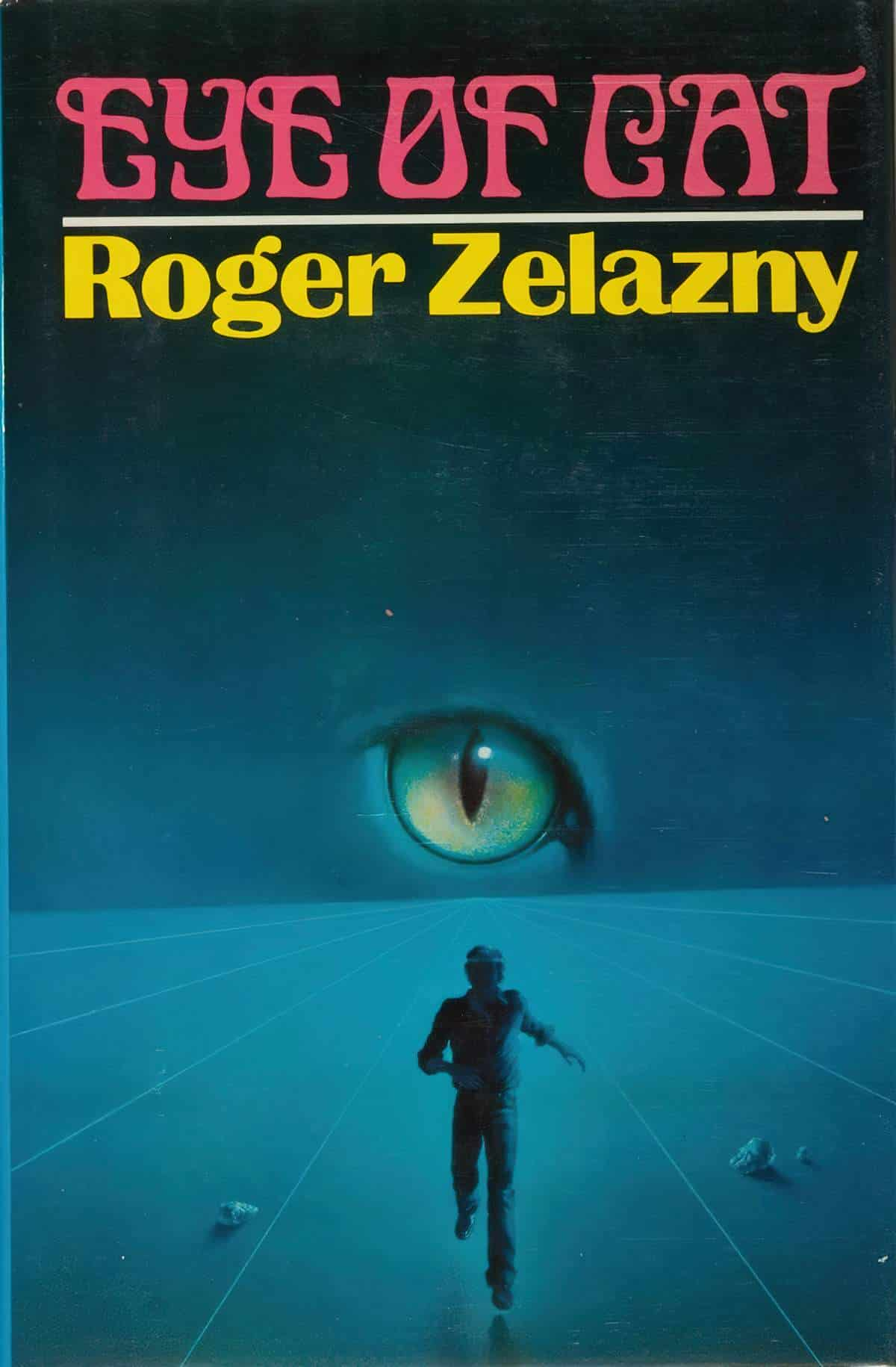
Sanpaku eyes is a Japanese term to describe eyes which show a lot of white above or below the pupils. Transliterated, it means ‘three whites’ (each side as well as above or below). When illustrating a character, it’s a great way to create an ominous look.
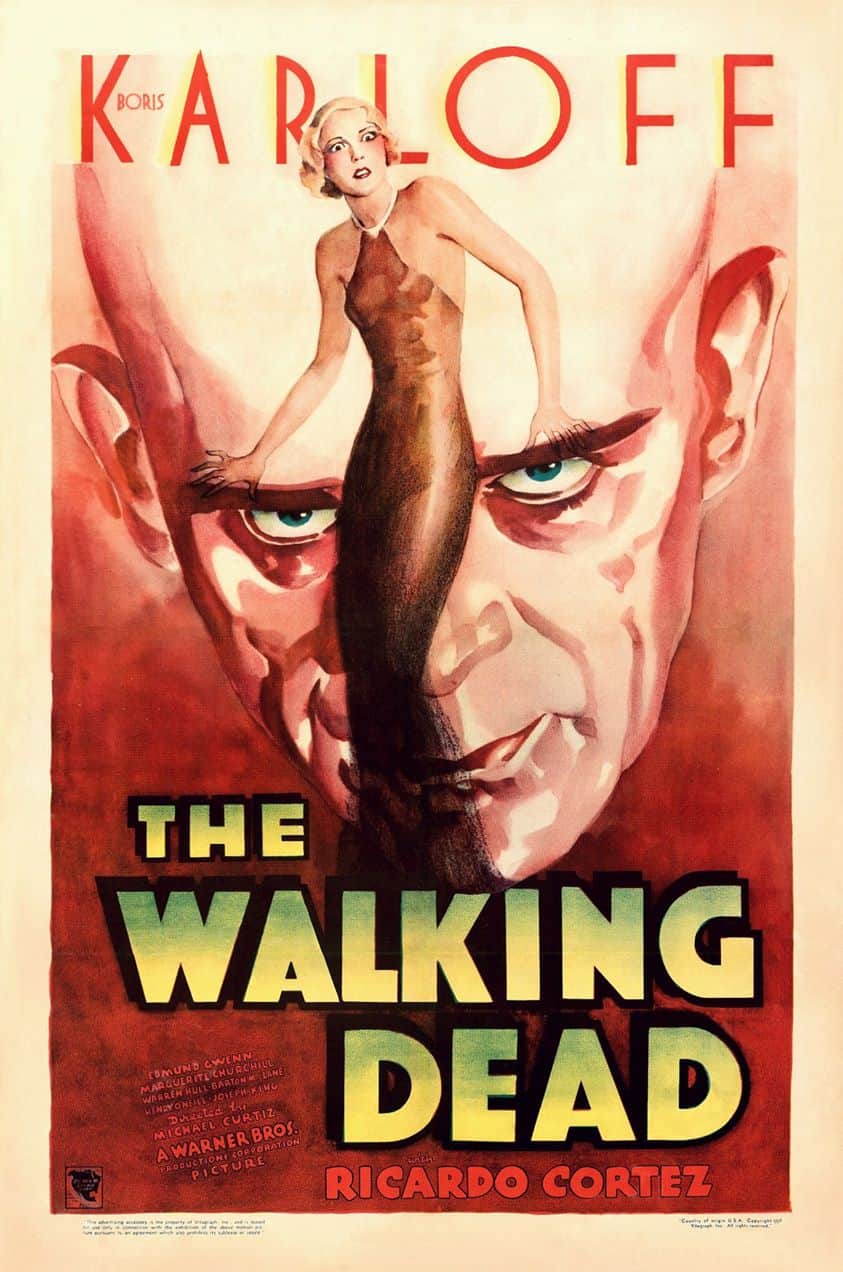
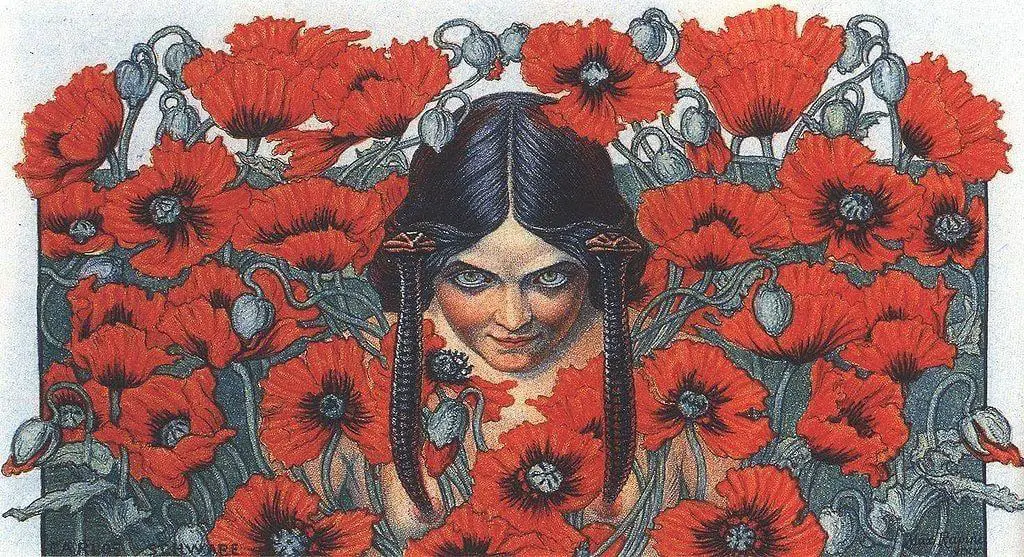
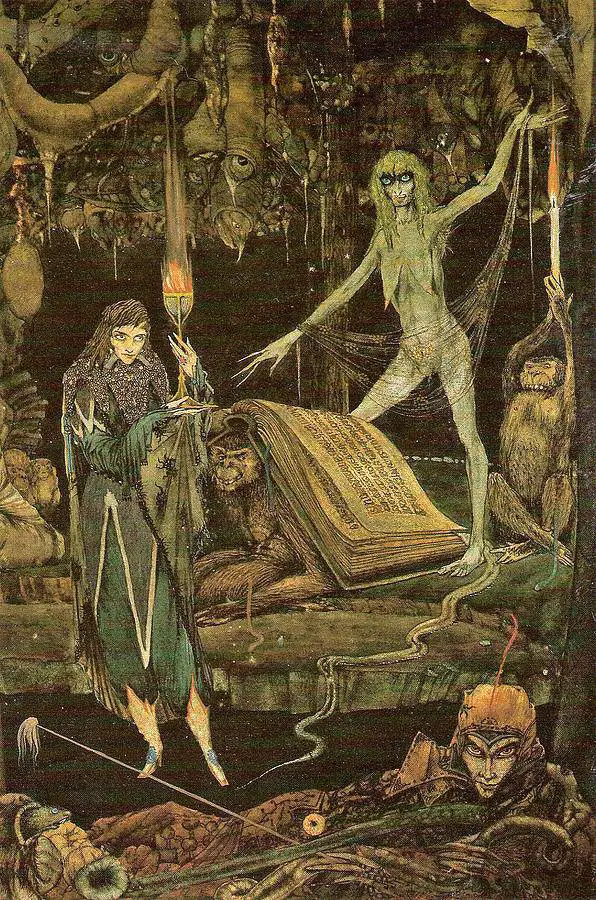
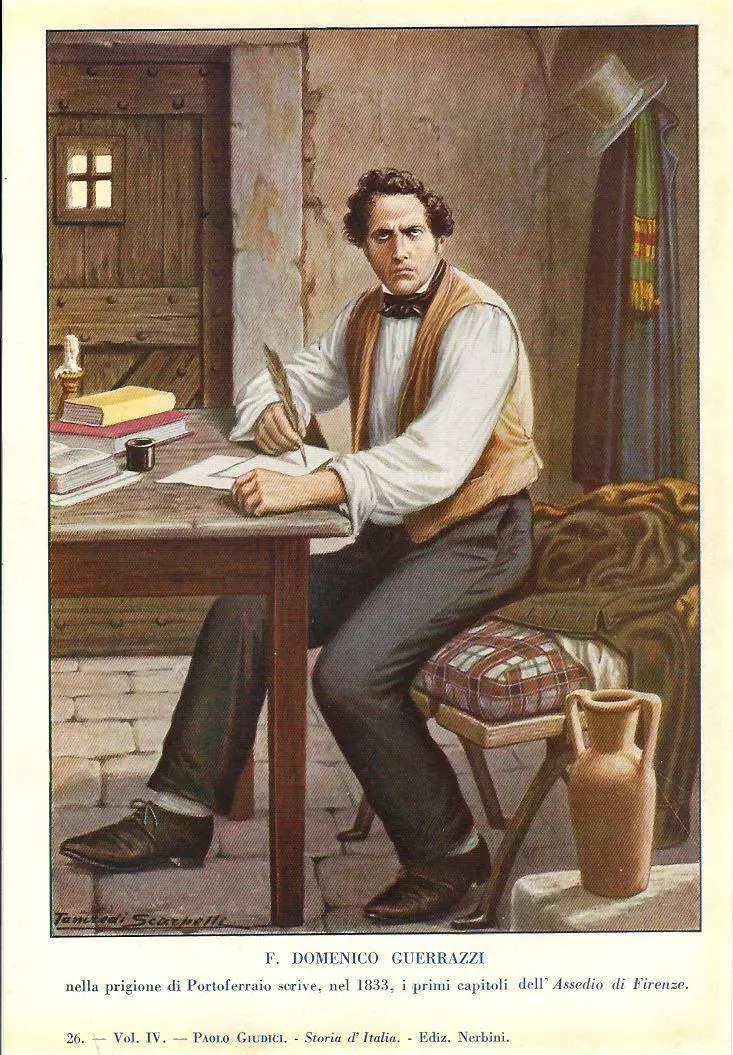
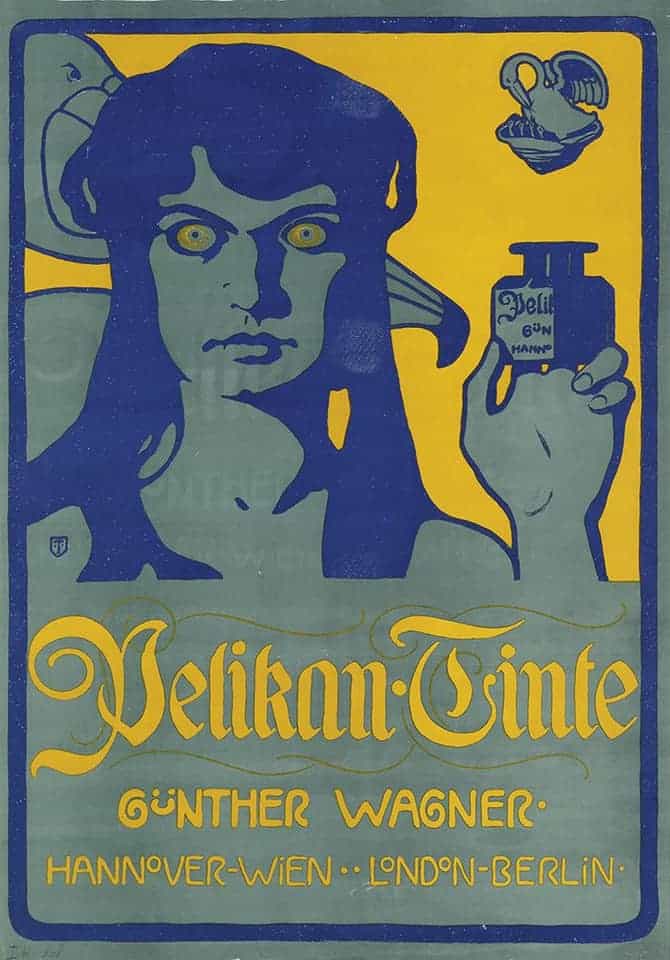
Eyeball Warding Off Evil
Apotropes are specific kinds of amulets designed to ward off evil. The word comes from Greek and means ‘turn away’. This amulet features a protective symbol such as an eye. Eyes are thought to ward off the evil eye by staring right back at it.
The idea that you can overcome evil by looking something directly in the eye is a trick from psychology, based on the idea that you can only overcome something if you face it first. For example, addicts must acknowledge they have an addiction problem before they can start to control their addiction.
This idea is also used in various narratives at the Battle scene (climax). An excellent example of that is the movie The Ritual. A man with PTSD after the murder of his friend enters the forest and encounters a terrible monster. He overcomes this monster not by escaping it, tricking it or killing it with a gun but by mustering the courage to put his face right up to the monster’s face. The monster can no longer bother him. The monster is clearly a symbol for some very hard emotions — emotions the main character must learn to live with rather than banish, which would only result in suppression.
One-eyed Creatures
The one-eyed creature is as scary as the three-eyed creature. Humans have evolved from bilateral symmetry, starting with the bony fishes. Therefore, anything without bilateral symmetry is nowhere near related to us.
Unless there’s been a genetic mutation, that is. One-eyed sheep have been overexposed to a chemical known as cyclopamine, clearly named after the Cyclops, an ogre from Greek mythology. He has one eye.
Scholars believe the Cyclops myth may have begun when people saw the skull of a prehistoric dwarf elephant and misidentified its nasal cavity as one large eye socket, leading them to believe monstrous one-eyed humanoids roamed the Earth.
Neatorama
We all go through a forebrain dividing process in utero. But when that process is interrupted, it’s known as cyclopia. When human babies are born with cyclopia, they live only for about a day.
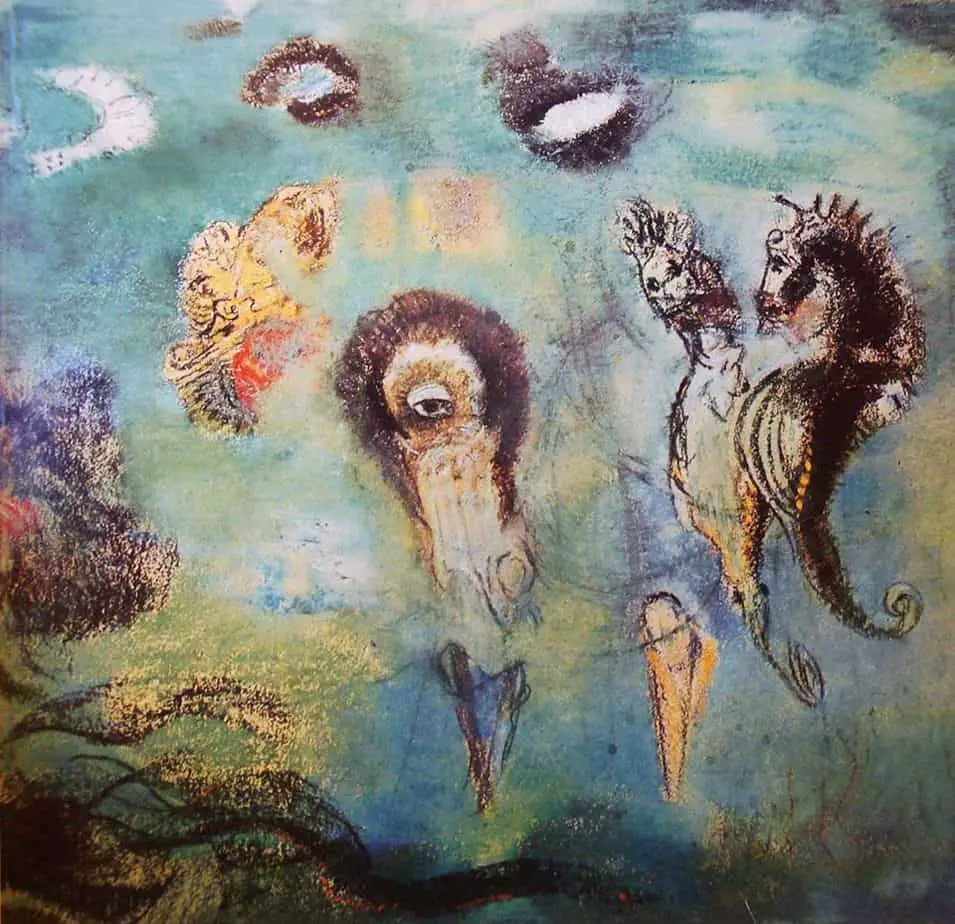

The Pineal Eye
A parietal eye, also known as a third eye or pineal eye, is a part of the epithalamus present in some species of fish, amphibians and reptiles. René Descartes believed the human pineal gland to be the “principal seat of the soul”. Some existing reptiles such as monitor lizards, some iguanas and the tuatara still have a pineal eye. (Only cold-blooded creatures have one.)
Mammalian ancestors likely shifted from “cold” to “warm” blood 246 million years ago. The basic make-up of the eye is similar between cold and warm blooded creatures.
The pineal eye differs from a regular eye. It’s usually covered by a thick and large scale and can differentiate between light and dark only. It basically acts as a calendar. Is it daytime or nighttime? Winter or summer? It also helps reptiles to regular body temperature. Mammals don’t get much use out of it, so we lost it.
“Everything looks different to me when I look at it with you. Have I mentioned that?”
The Tricksters by Margaret Mahy
“No,” said Harry. “Perhaps you open a sort of pineal eye and see with that one as well as the other two.”
“What?” said Felix, taken-aback and intrigued. “A what?”
“I think that’s what it’s called,” Harry said doubtfully. “I”m not even sure if it’s a real eye. Tuataras have them. Eye number three on the top of the head, all overgrown with scales.”
“It’s not as silly as it sounds,” Felix said. “If I found I had opened a third eye these days, one that saw more deeply into things than the other two, I wouldn’t be all that surprised. Shall we hold hands or leave that respectable space between us?”
Eyeball As Symbols of Surveillance
I do think that after this season of TV we should put a pin in “bureaucratic pseudo-1950s agencies that oversee EVERYTHING” and come back to it in like 10 years. It’s not a bad trope, just… there’s other tropes.
@BootlegGirl, 7:34 AM · Jul 3, 2021
I wanna say the origin of this aesthetic — predating creepypastas that started riffing on it, like the Holders series and the original SCP entries — was the Sci-Fi Original Movie THE LOST ROOM in 2006, whose creator gave a pretty cool breakdown of why specifically he picked it. … He said that for a Gen X kid like himself, there was this kind of mystical significance to the idea of Dads being At Work The world of “The Office” and “Away on Business” being this realm of the fantastic entirely divorced from their own childhood lives … This separation between the domestic and professional spheres specifically wrought by mid-20th-c American capitalism, Men At Work being a separate species and class from the women and the kids, and from ordinary schlubs doing crappy blue-collar jobs. [The thread continues with examples of this particular aesthetic.]
@arthur_affect 7:45 AM · Jul 3, 2021
It’s a sci-fi renaissance of Kafka
@jmarquiso 7:47 AM · Jul 3, 2021
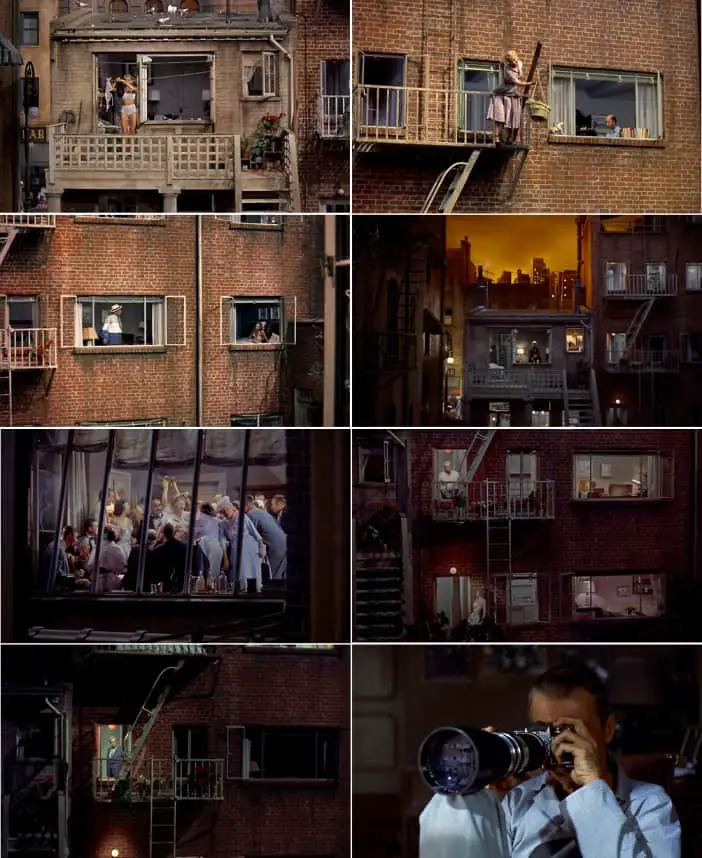
The symbol of the All Seeing Eye can be seen famously on the American dollar note. This is also known by conspiracy theorists as The Eye of Providence. I can’t be the only one who finds this creepy because the existence of an eyeball on a Government issue ‘document’ has given rise to various creepy theories.
The Eye of Providence has been used throughout history to represent God watching over us. This All Seeing Eye / Eye of Providence has its roots in the Egyptian Eye of Horus. The triangle was added later. Now we have the Christian Trinity — Father, Son, Holy Ghost.
The eye in triangle was adopted as a symbol of the Illuminati and the Freemasons, both secretive organisations. The Illuminati is an organisation within the Catholic Church. According to Freemasonry God is considered Architect of the Universe. Hence the eyeball in a triangle as their symbol, first used as a Masonic symbol in 1797.
When creating characters for children’s books, it’s really easy to get the eyes wrong. The eyes make or break a piece. I’m not sure if the artist behind each picture below intended peak creep, but if so, a gold star.
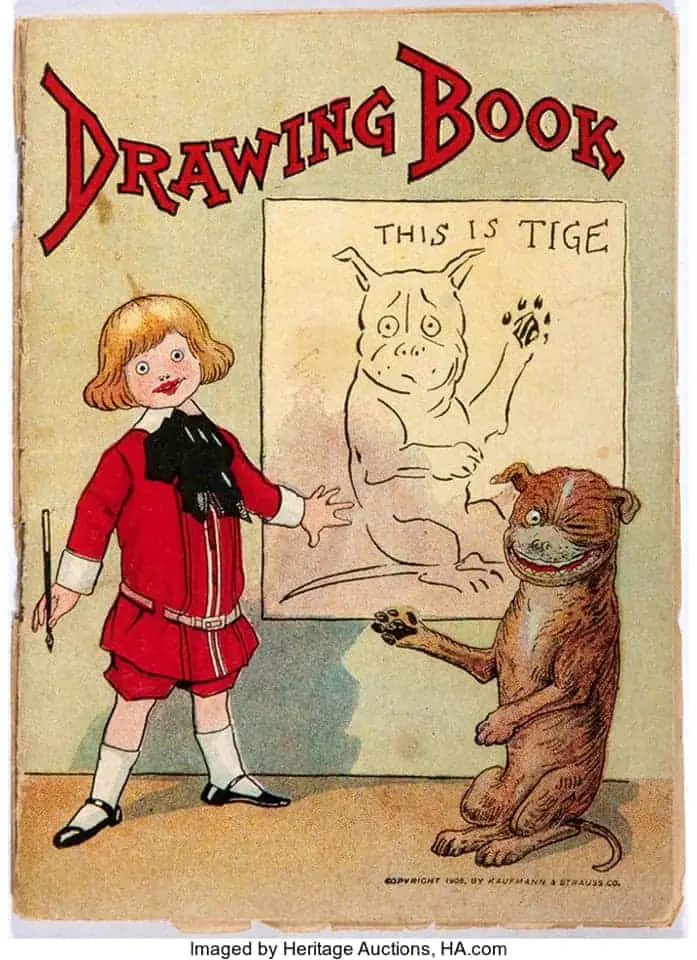
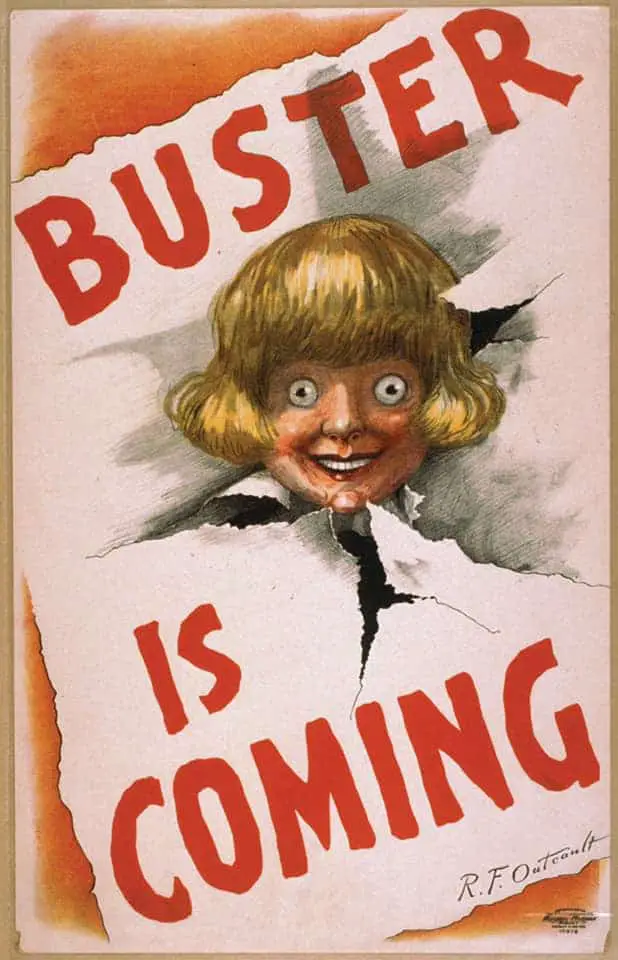
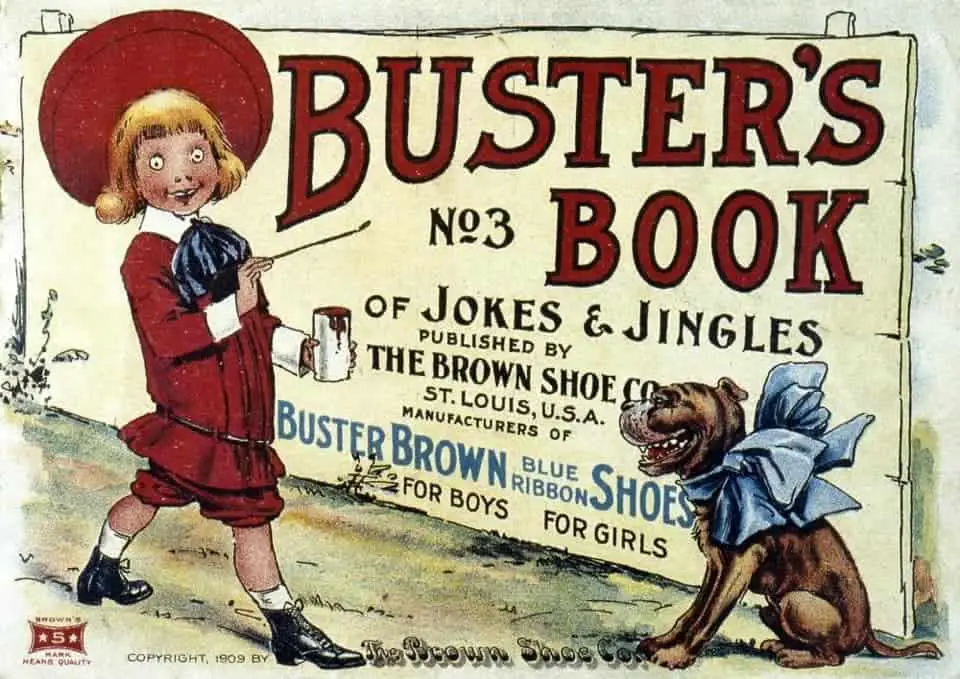
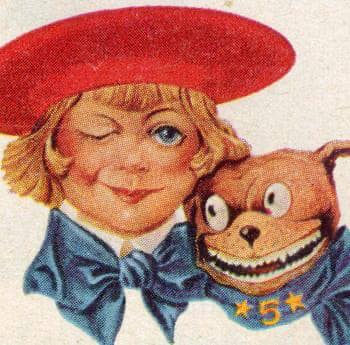
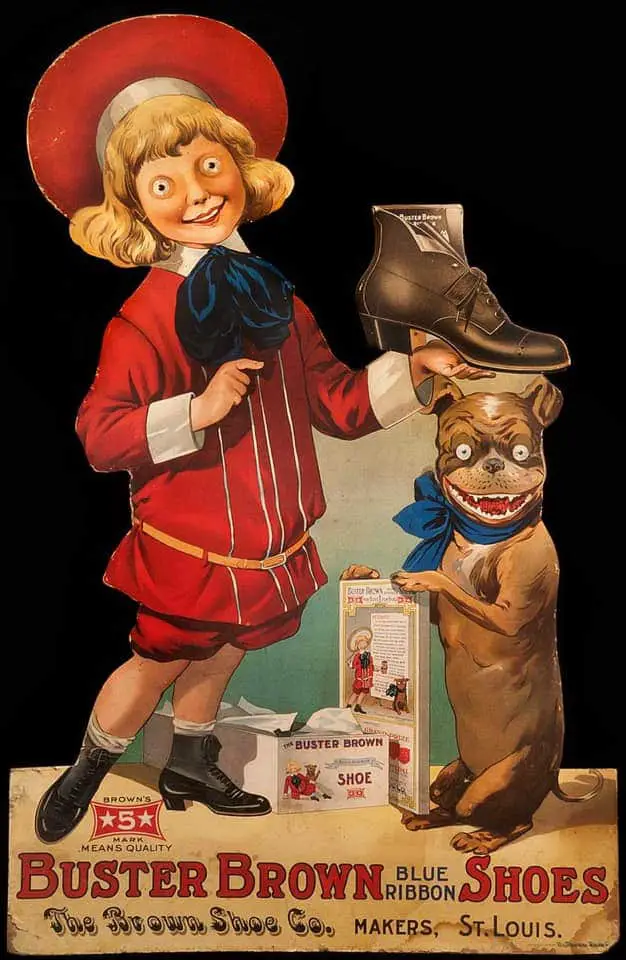
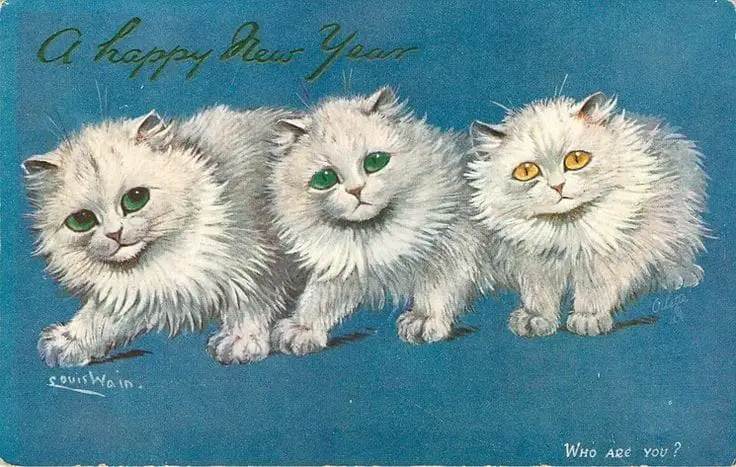
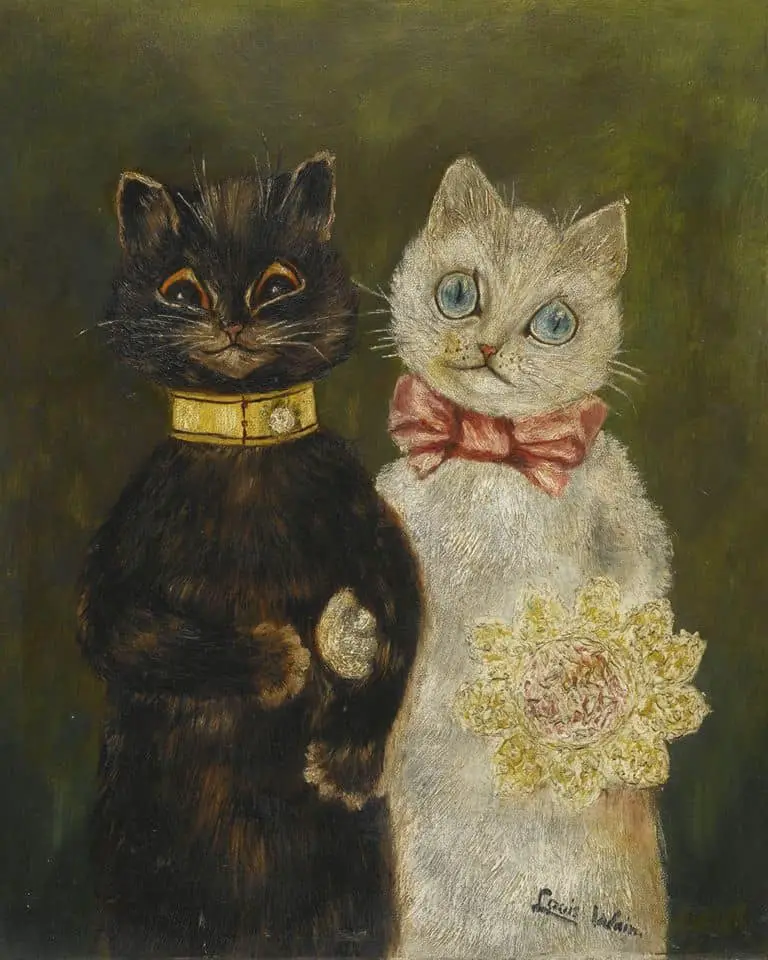
Foucault’s Panopticon
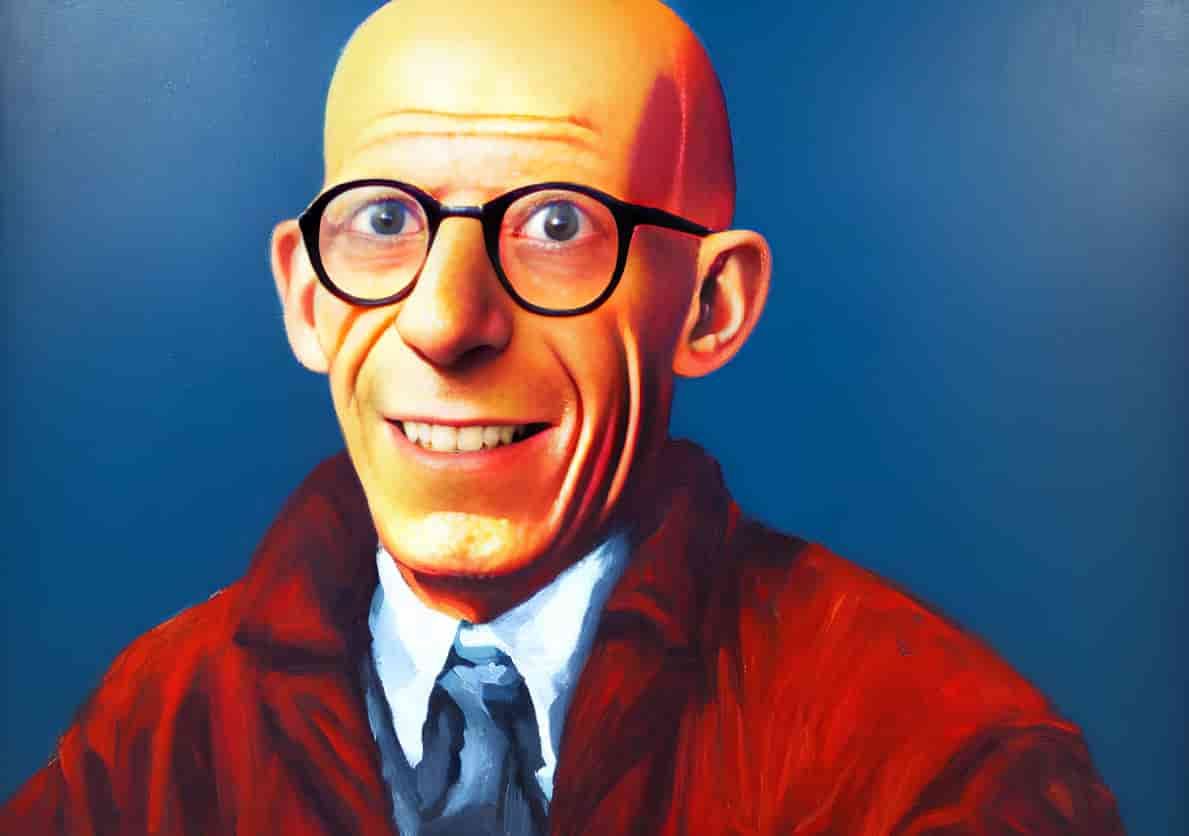
Michel Foucault was a French philosopher who left us with some very interesting ideas. He thought of his ideas as a toolbox, and others were welcome to take tools from it, using them how they wished. Foucault provided us with the concept of the heterotopia and also with the concept of the panopticon. Foucault’s main interest was with systems of power and oppression.
Foucault rejected the notion that power comes from the top and that if we cut the head of the king off we can be free.
There’s a 1968 slogan, about lifting up cobblestones, finding a beach and finding sexual pleasure and being happy. (Something like that.) It may have worked like in the 17th century regime, but not today. Today power comes from the decentralised networks of institutions where professionals have the right to classify individuals through categories.
In his book Discipline and Punish, Foucault critiqued the apparatus of modern society — schools, hospitals and so on — rather than how people traditionally thought of power structures (led by monarchies). This other kind is now widely known as ‘capillary power’.
In describing capillary power, Foucault presented us with the idea of the panopticon. The panopticon was based on Jeremy Bentham’s 18th century architectural drawings of a prison.
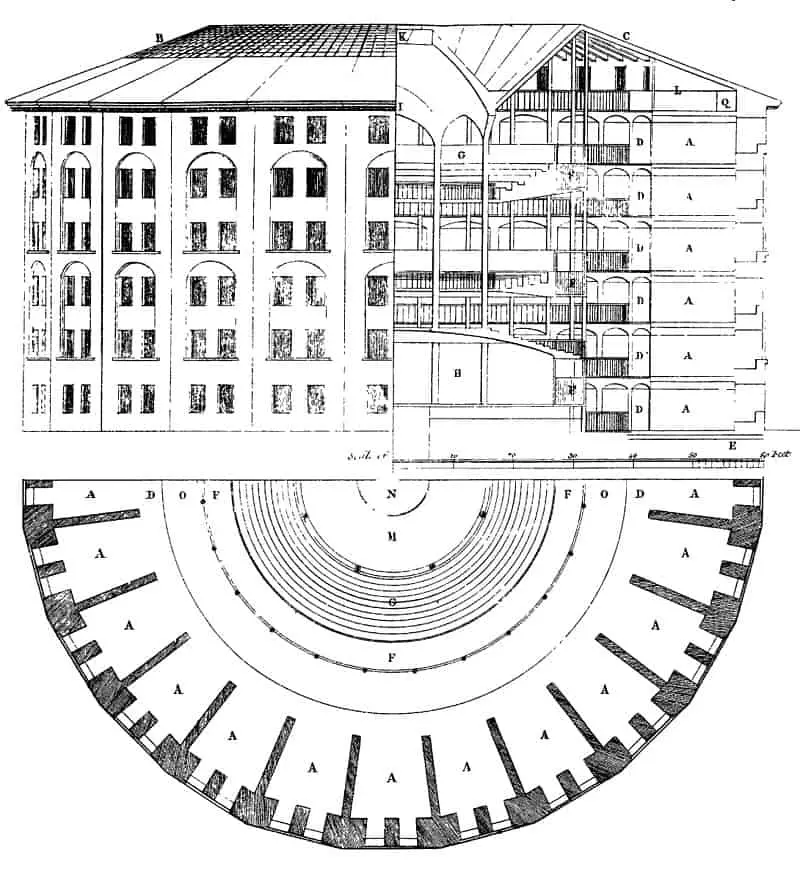
Key features of the panopticon:
- A central observation tower for the guard
- A periphery comprising a circular building with circular cells
- Crucially, all of the cells have windows. This isn’t to keep the Hannibal Lecters of this world happy. The windows are not for prisoners’ benefit at all. Instead, light floods the cells so that prisoners can be observed from the tower.
The point is that the inmates observe themselves. They begin to monitor themselves, taking that gaze and imagining we are being watched even when we aren’t. Nobody holds ‘power’. This is how Foucault’s work becomes a critique of Marxism – nobody holds power; we hold it within our very sense of ourselves. (Foucault’s gayness was probably crucial here – later academics have studied this internalised homophobia in much depth.
It’s significant that Michel Foucault lived as a gay man in a dangerously homophobic time. Foucault was a playful, youthful character, but he was also at times very unhappy. He attempted suicide more than once. When faced with the medical establishment, Foucault was told that his illness was because of his homosexuality (not because he was required to live in a homophobic society). So Foucault had personal experience with the medicalisation of something which should never have been medicalised – his sexuality. He gave much thought to how people are surveilled, and even when no one is watching, we still feel watched and judged.
For excellent insight into how homophobia affects mental health, see the work of New Zealand’s Professor Michael Ross, whose research looks into sexual risk behaviour and mental health in gay and bisexual men across cultures and continents. Or perhaps listen to Professor Ross interviewed on Radio New Zealand.
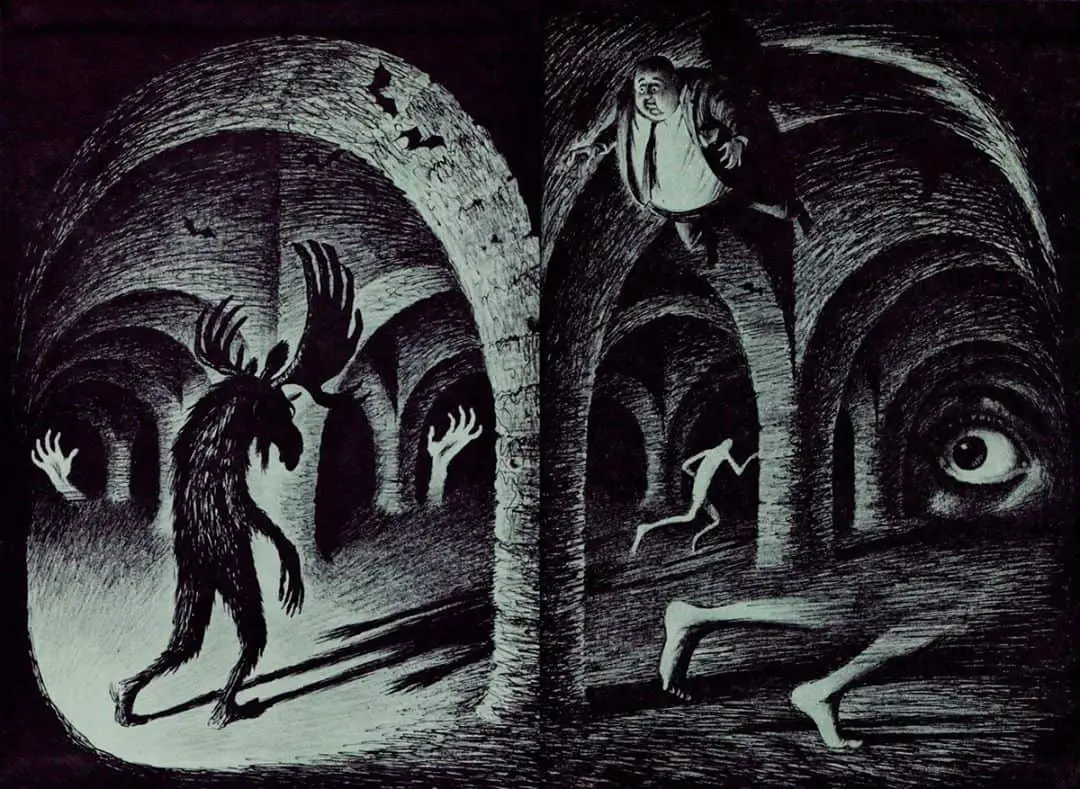
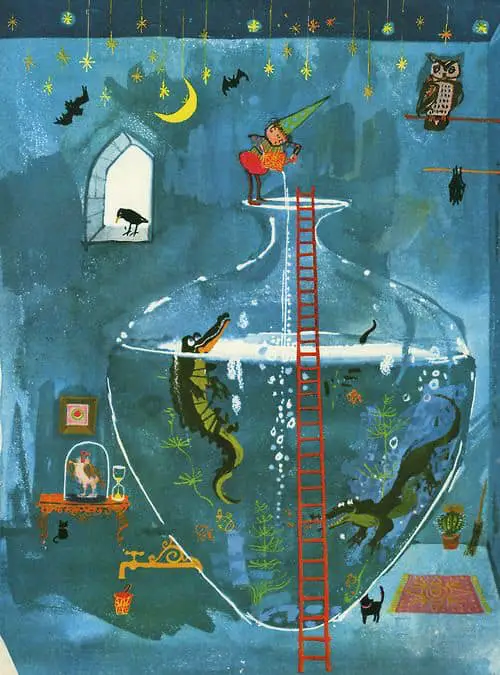
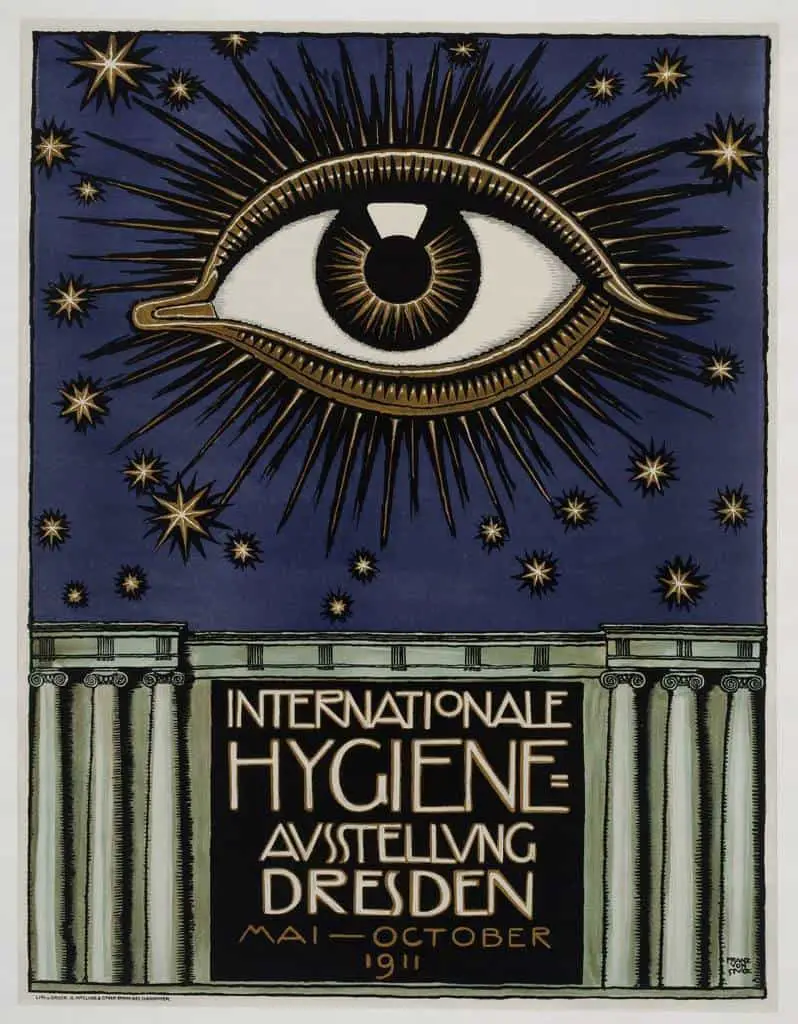
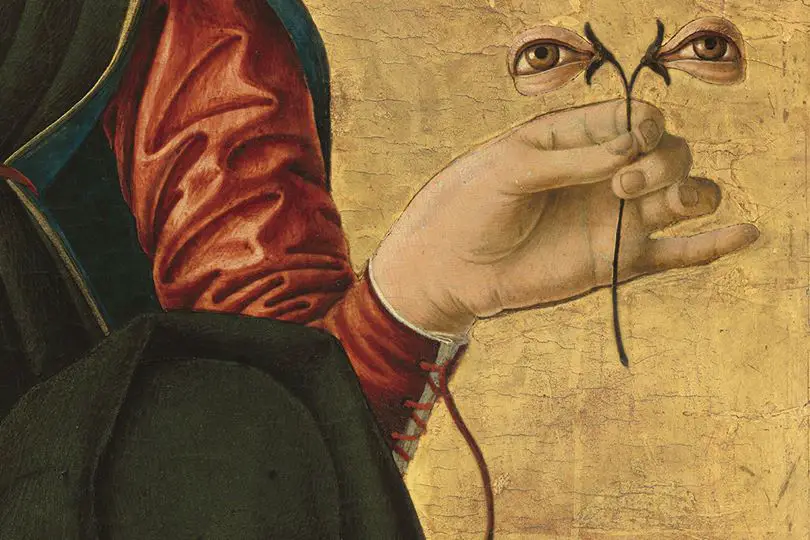
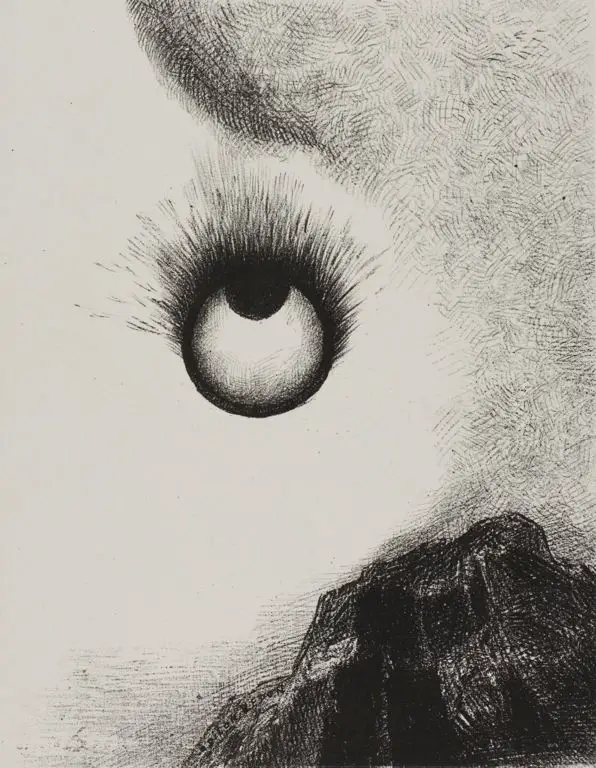
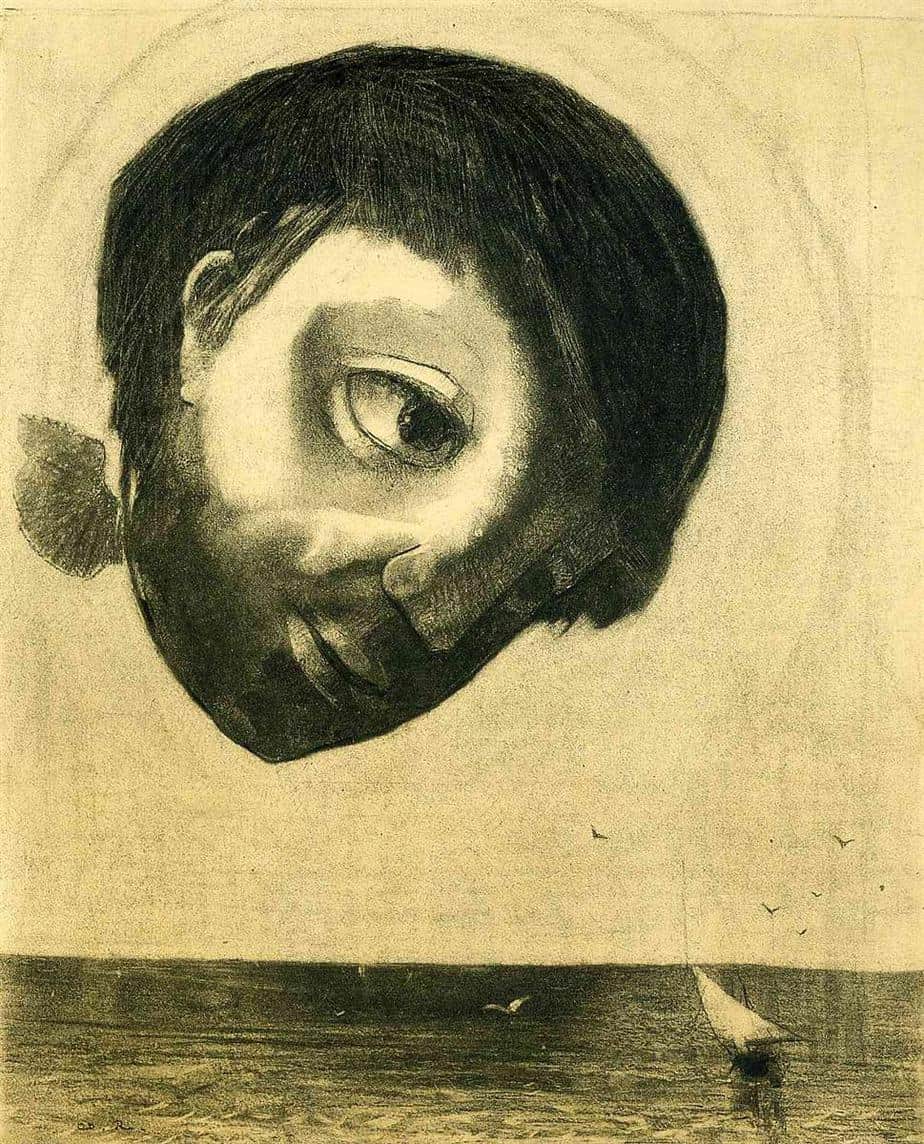
Black Eyed Kids
Black-eyed kids are paranormal creatures from contemporary American culture. The stories began in the mid 1990s. They’re thought to be normal looking teenagers who wear hoodies. They’ll knock on your door asking for help. The story goes downhill from there. Their entire eyes are black. Some people think these stories come from drug-addicted young people, because of the dilated pupils experienced by drug users.
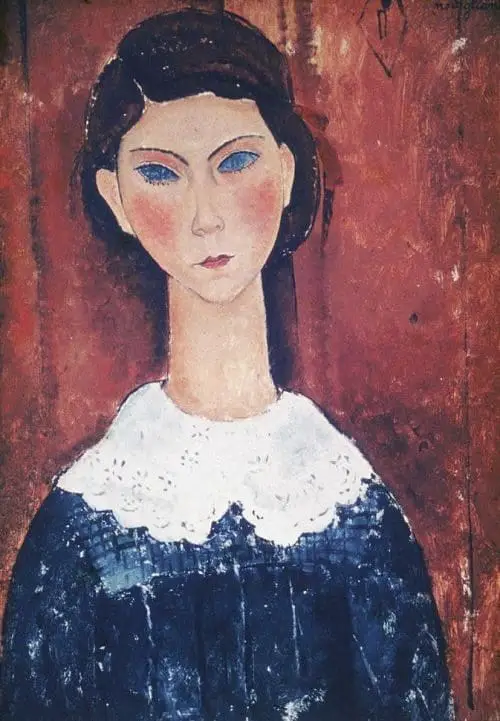
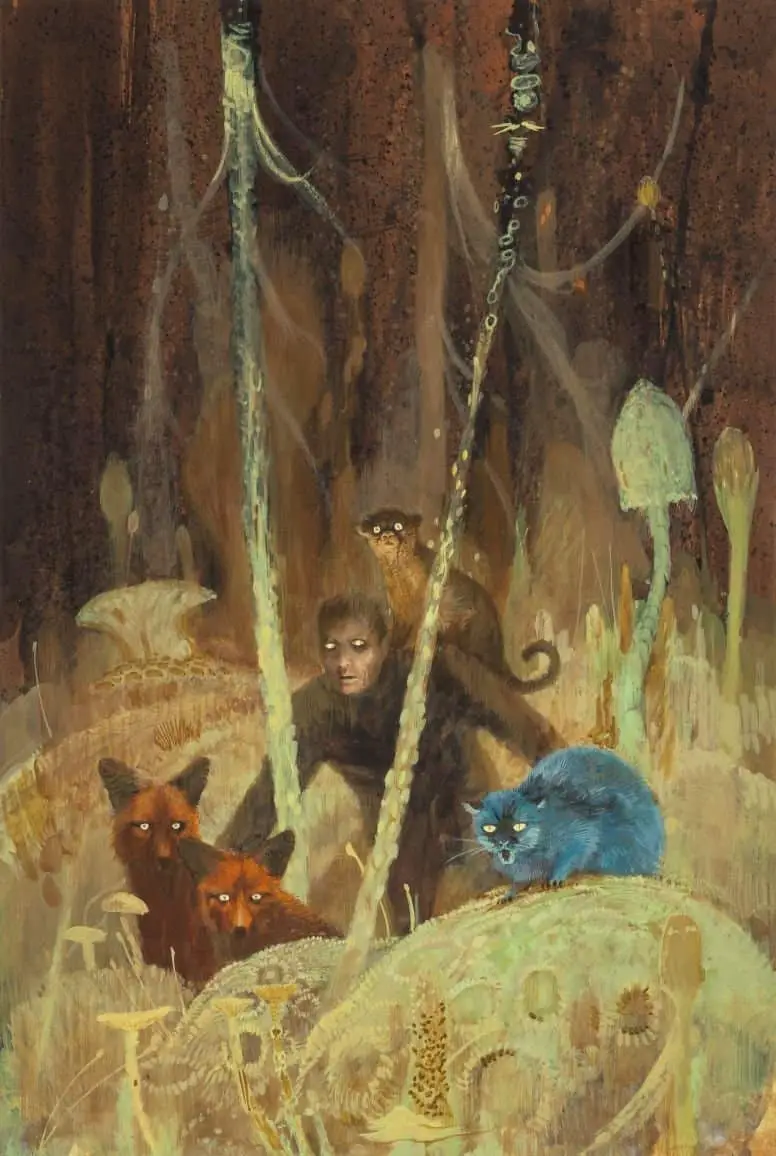
Proginoskes
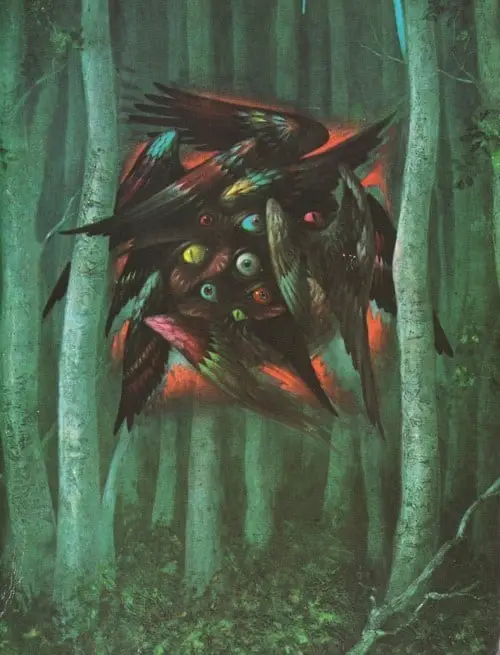
This cherub, whom Meg affectionately refers to as Progo, is an extraterrestrial alien who resembles an apocalyptic angel, having many wings and eyes like the seraphim in the Biblical book, the Revelation of John. His name means ‘foresight’ or ‘foreknowledge’ in Koine Greek, and his character is described as one who names, specifically, he is a namer of the stars. He teaches the protagonists how to use telepathy, and assists them in their quest, eventually sacrificing himself for their salvation, a notably messianic act.
Green-eyed Monsters
The green-eyed monster is a line from Shakespeare’s Othello and no commonly means jealously personified. (Monsterfied?)
It is the green-eyed monster which doth mock the meat it feeds on.
Shakespeare
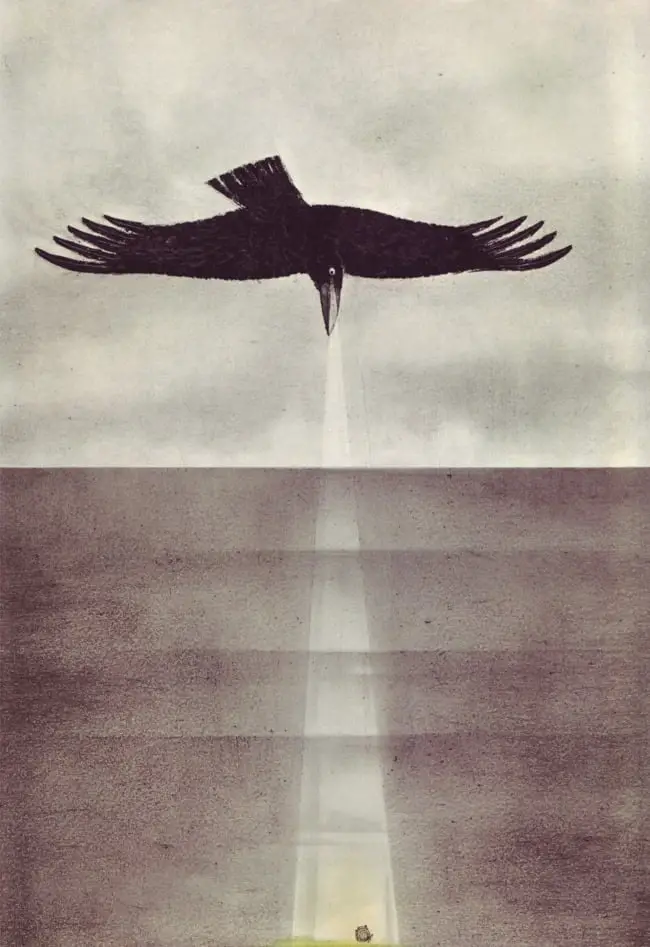
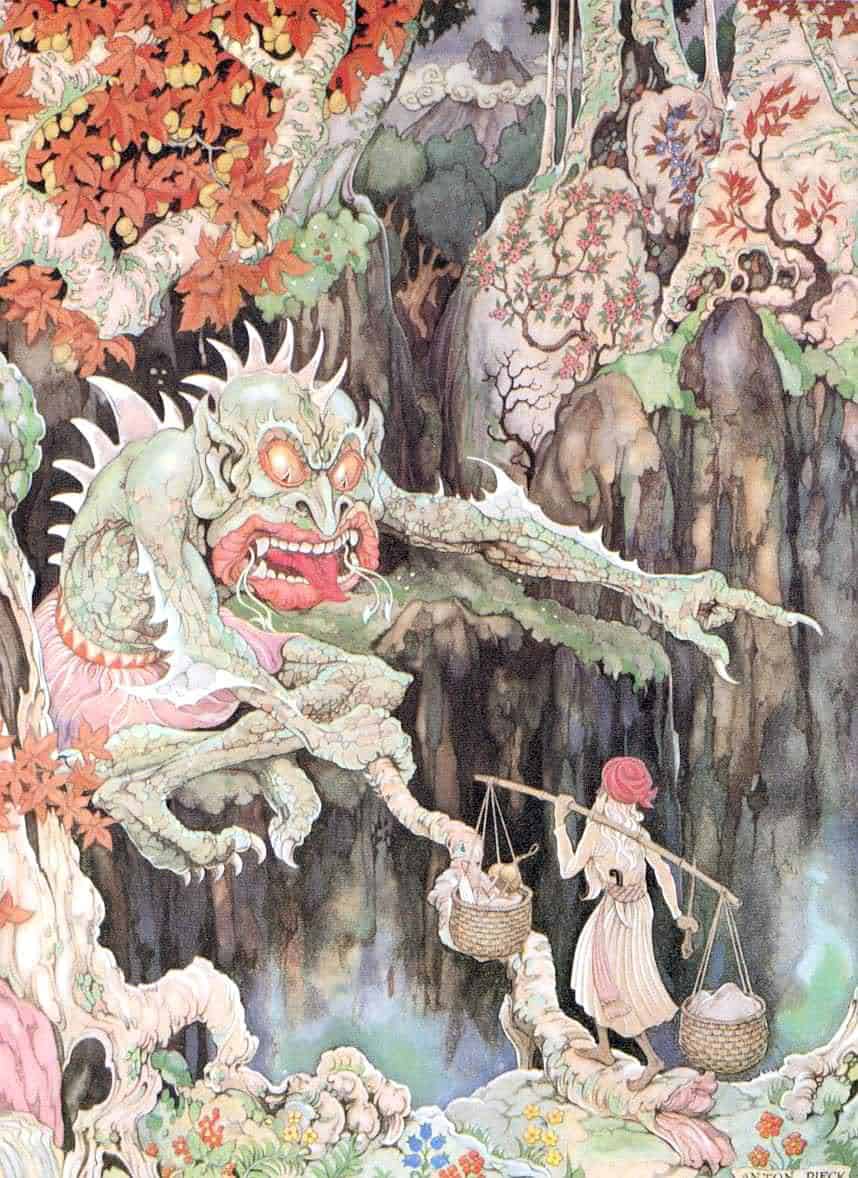
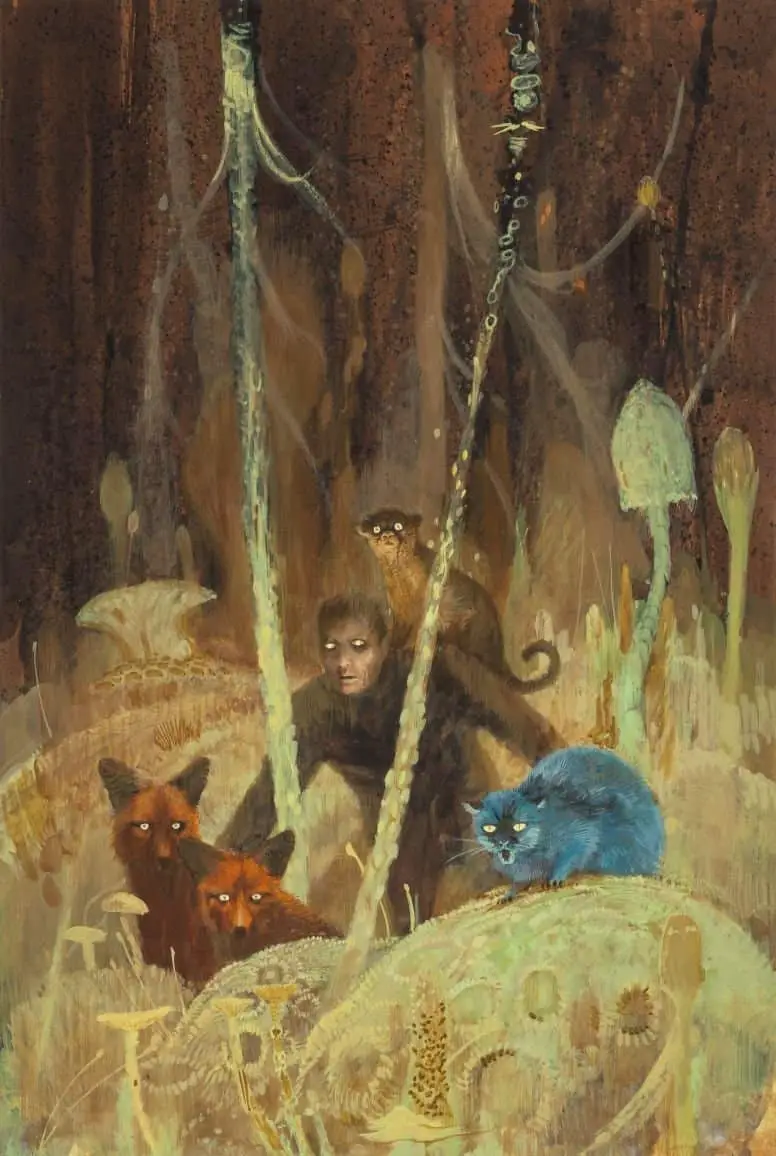
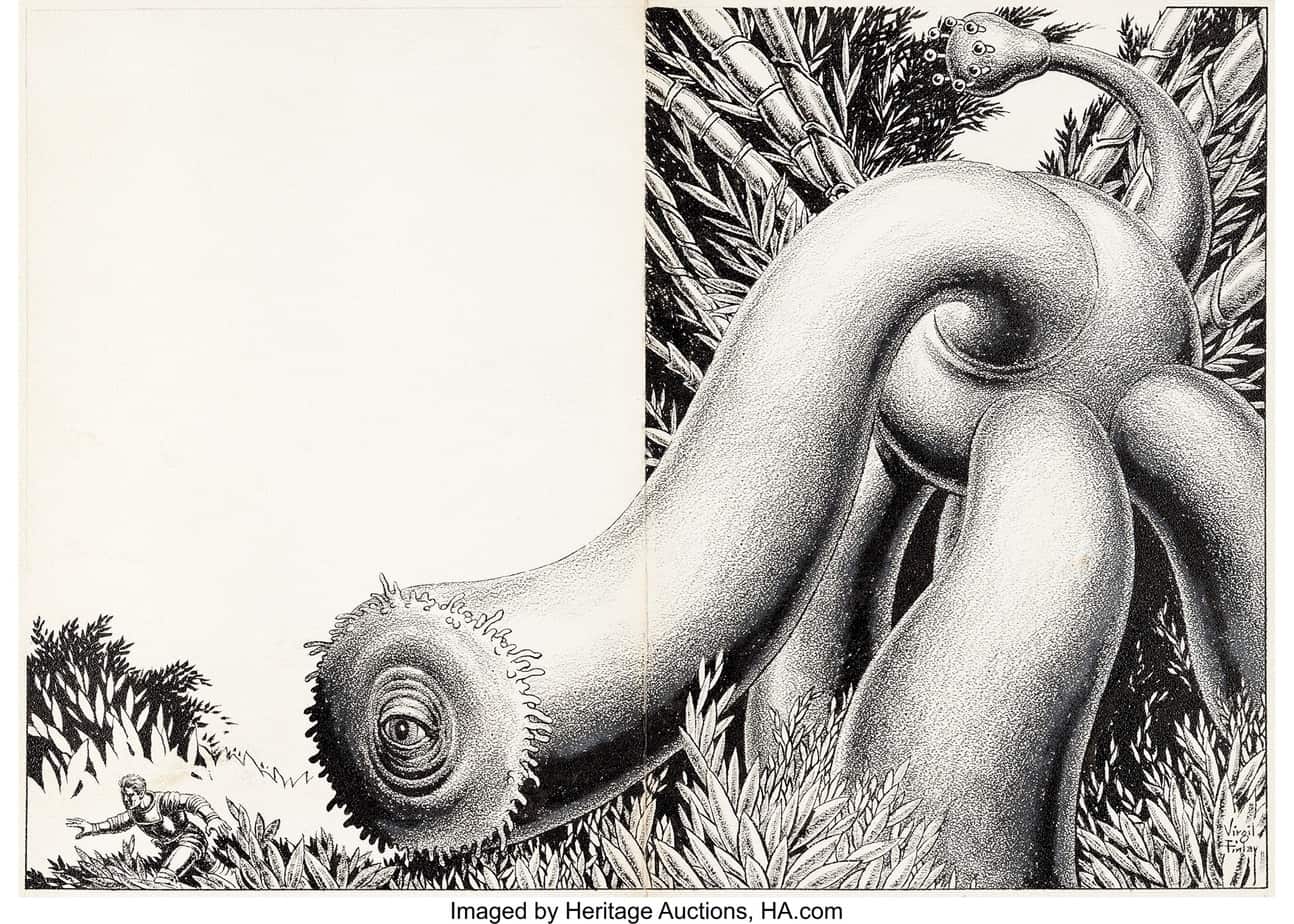
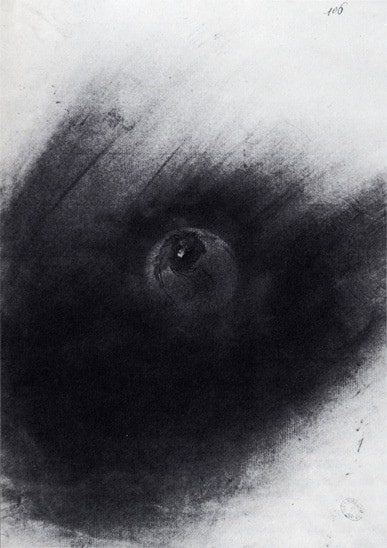
RELATED
Opia: The ambiguous intensity of looking someone in the eye, which can feel simultaneously invasive and vulnerable.

